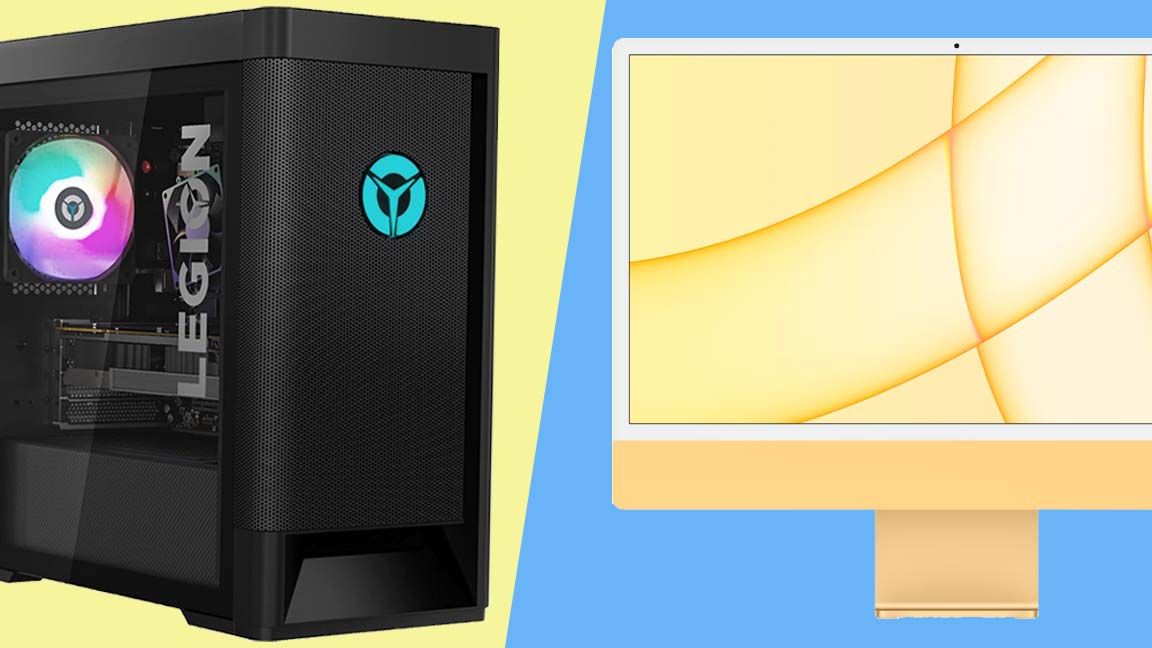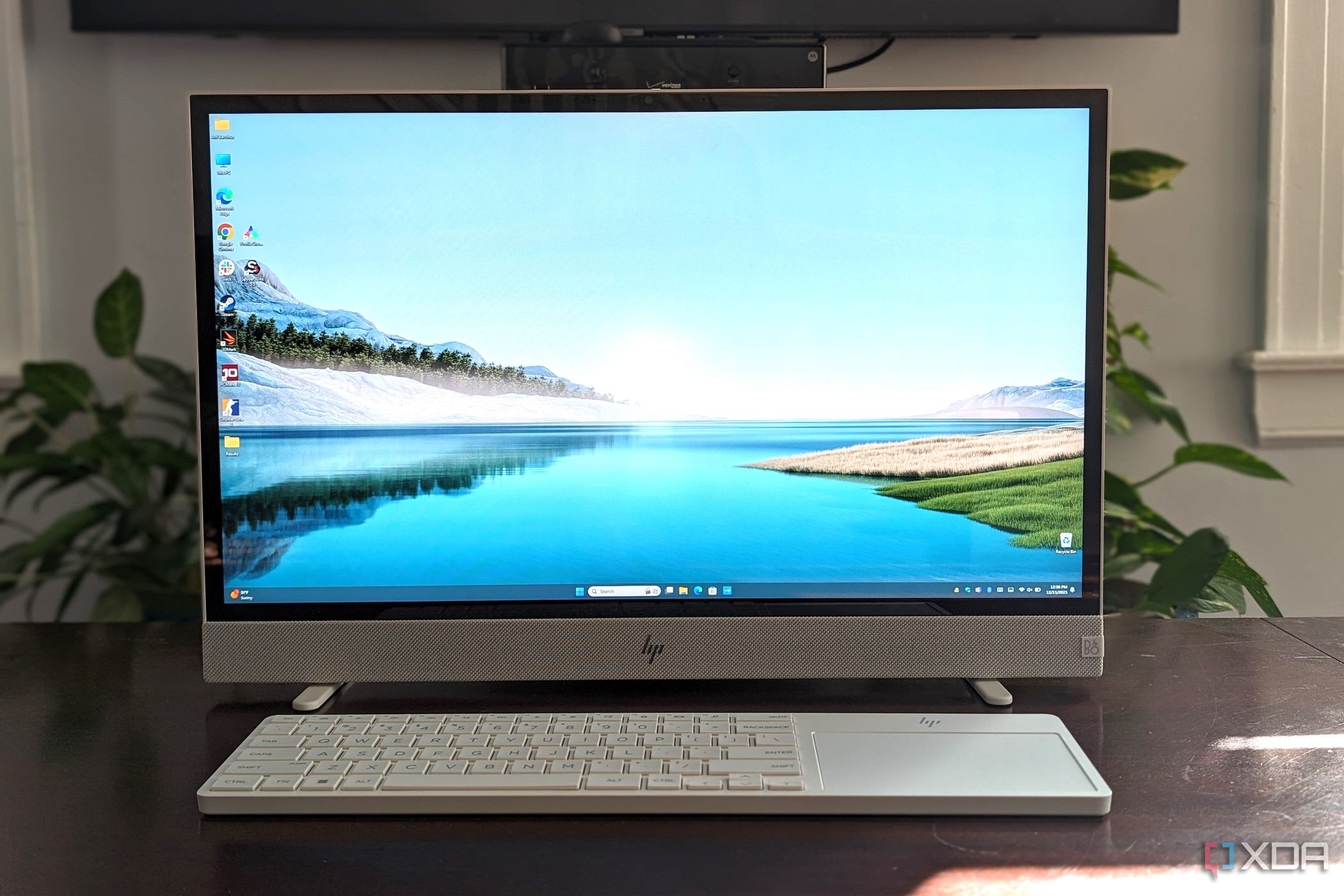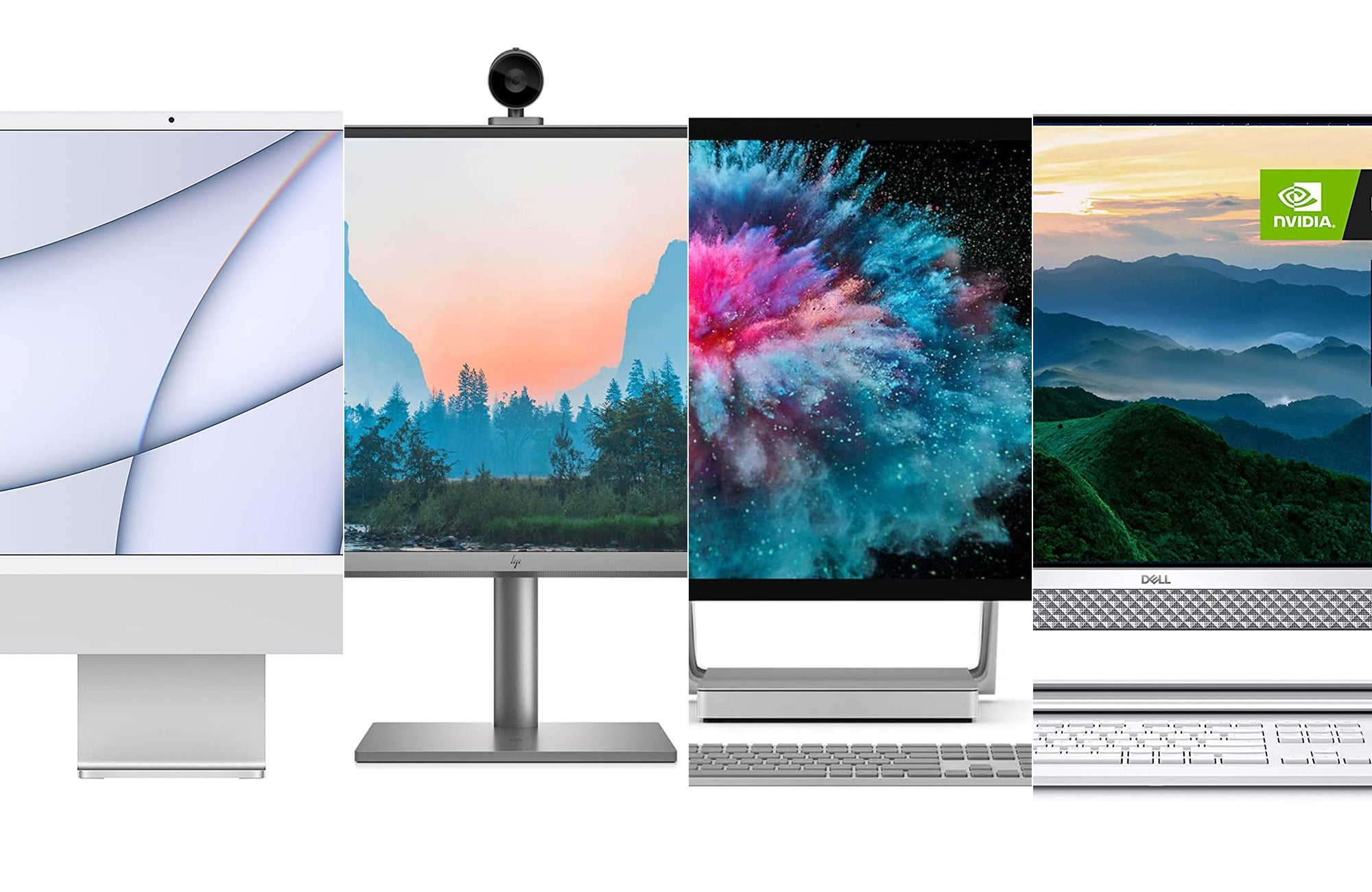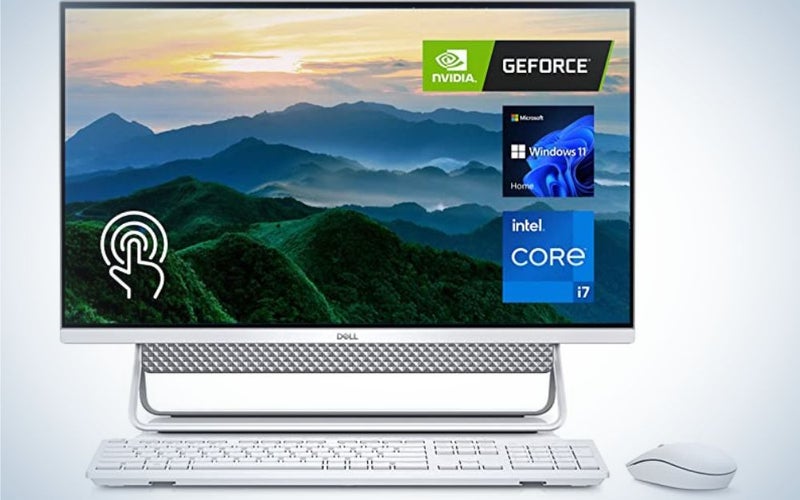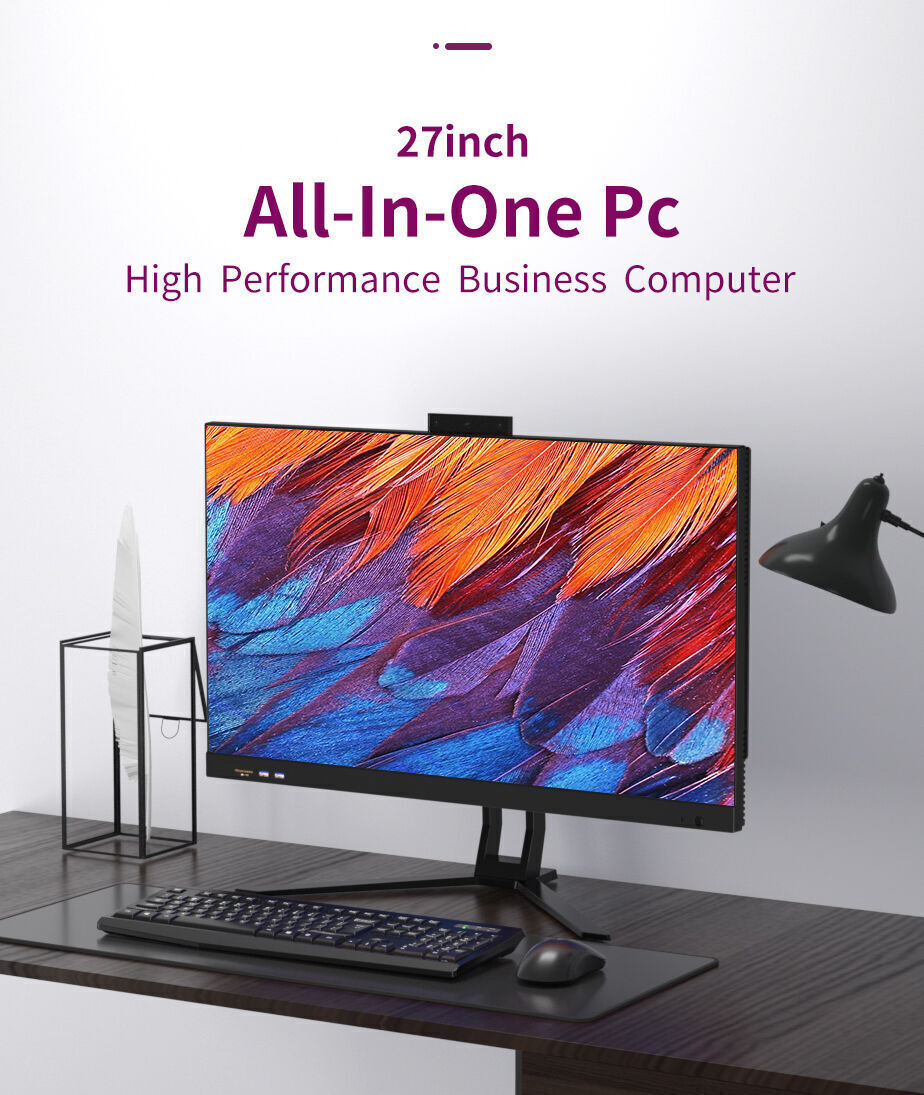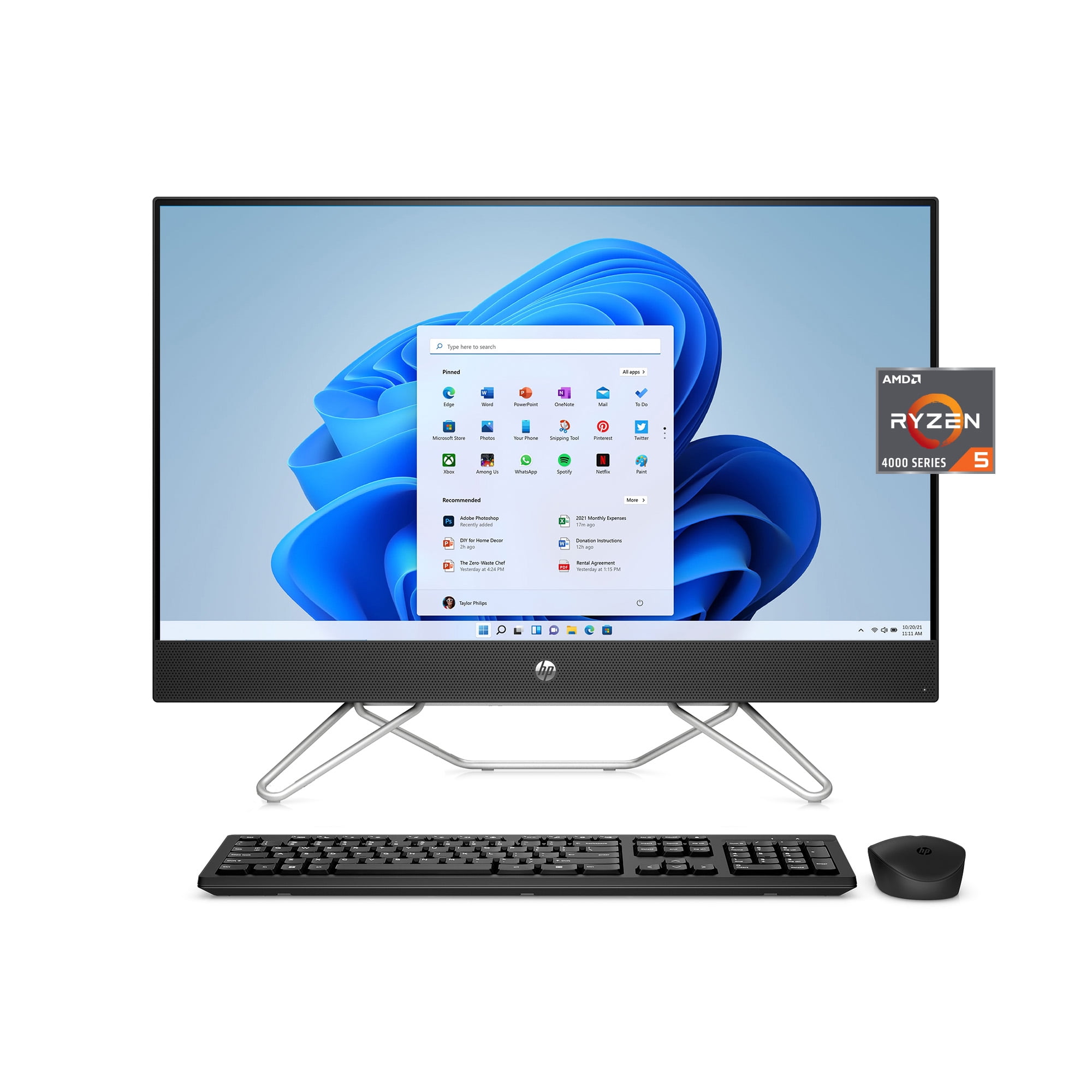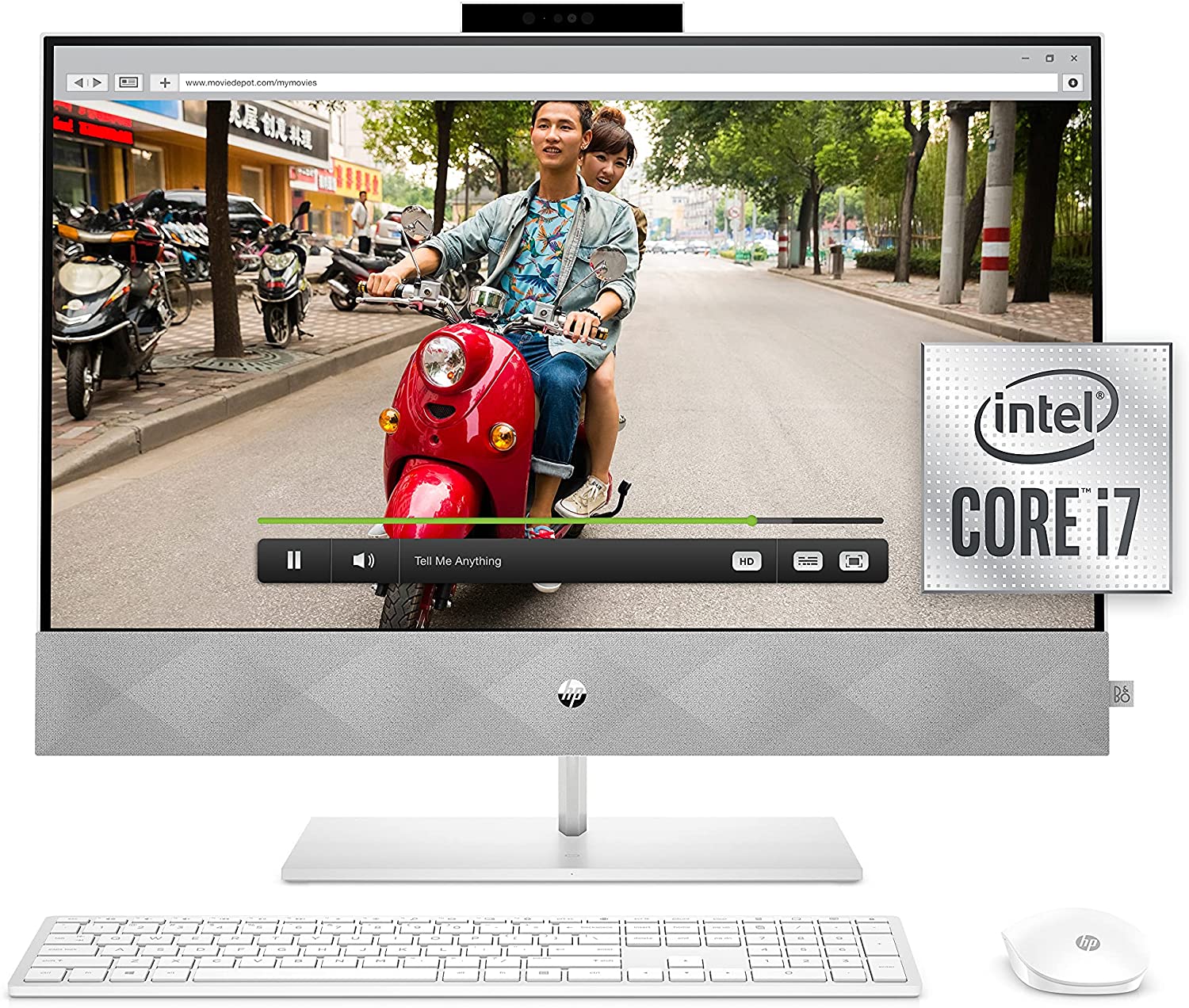All In One Computers Are Easier To Service

Imagine a sun-drenched workshop, the air filled with the scent of solder and a quiet hum of focused energy. A technician, let's call her Maria, leans over a sleek, silver All-In-One computer. Unlike the tangled mess of wires and components often associated with desktop repairs, this process seems almost... serene. With a few carefully placed tools, Maria effortlessly accesses the internal components, a stark contrast to the labyrinthine struggles of servicing traditional PCs.
The latest generation of All-In-One (AIO) computers are revolutionizing how technicians approach repairs and upgrades, offering a significantly streamlined service experience due to improved design and component accessibility.
A Shift in Design Philosophy
For years, All-In-One computers held a reputation for being stylish but notoriously difficult to service. Early models often prioritized aesthetics and compactness, sacrificing modularity and ease of access.
Manufacturers seemed to glue everything together. Opening them up was a nightmare, according to many repair shops.
The Old Hurdles
The unibody design and reliance on proprietary components made even simple tasks like replacing a hard drive an arduous undertaking. This often resulted in higher repair costs and longer turnaround times for customers.
Specialized tools were often required, and the risk of damaging fragile components during disassembly was ever-present. Many technicians avoided AIO repairs altogether.
Reports indicated a higher rate of "unrepairable" AIO computers compared to traditional desktops, contributing to e-waste concerns.
The Tide Turns: Design for Serviceability
However, a paradigm shift is underway. Driven by customer demand, regulatory pressures, and a growing awareness of sustainability, manufacturers are increasingly embracing design for serviceability.
Newer All-In-One models are built with modular components, easily accessible panels, and standardized connectors. This allows technicians like Maria to diagnose and resolve issues with greater efficiency.
Key Improvements in Design
Several key design changes have contributed to this improvement. These include easily removable back panels, standardized screw placements, and modular component layouts.
Some manufacturers are even providing detailed service manuals and video tutorials to guide technicians through repair procedures. This is a welcome change from the opaque practices of the past.
The use of readily available, non-proprietary components is also becoming more prevalent, reducing reliance on expensive, manufacturer-specific parts.
The Impact on Repair Shops and Consumers
The benefits of these design improvements are rippling through the repair industry. Service shops are reporting faster turnaround times, lower repair costs, and increased customer satisfaction.
“We used to dread seeing an All-In-One come through the door," says John, owner of a local computer repair shop. "Now, many of the newer models are just as easy, or even easier, to service than a laptop."
Reduced repair times translate directly into lower labor costs for consumers. This makes AIO computers a more attractive option for those who value both aesthetics and practicality.
Sustainability and Longevity
The increased serviceability of All-In-One computers also has positive implications for sustainability. By extending the lifespan of these devices, we can reduce e-waste and conserve valuable resources.
Easier repairs encourage users to fix their computers rather than replace them, contributing to a more circular economy. This aligns with growing consumer awareness of environmental issues and responsible consumption.
The European Union, for example, is actively promoting “right to repair” legislation, pushing manufacturers to design products that are easily repairable and long-lasting.
Looking Ahead
The trend towards more serviceable All-In-One computers is likely to continue. As technology evolves and consumer demands shift, manufacturers will need to prioritize design for serviceability to remain competitive.
Further advancements in modularity, standardization, and documentation are expected in the coming years. This will further empower technicians and consumers to maintain and repair their devices.
The future of All-In-One computers is looking bright, not just in terms of aesthetics and performance, but also in terms of repairability and sustainability.
A Parting Thought
Back in Maria's workshop, the replaced component is now secure. The All-In-One glows back to life, ready for years of future service. It is a great example of how thoughtful design can make technology more accessible, sustainable, and ultimately, more user-friendly. The shift towards easily serviceable designs marks a significant step forward in the evolution of computing, benefitting both technicians and consumers alike.


